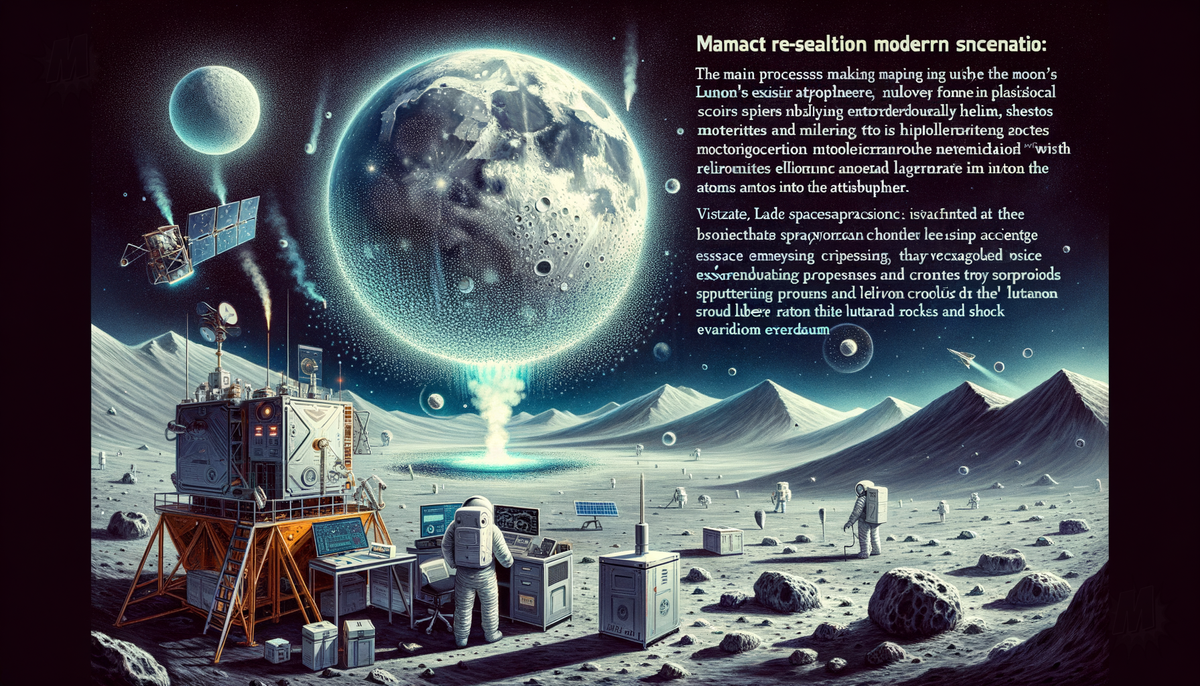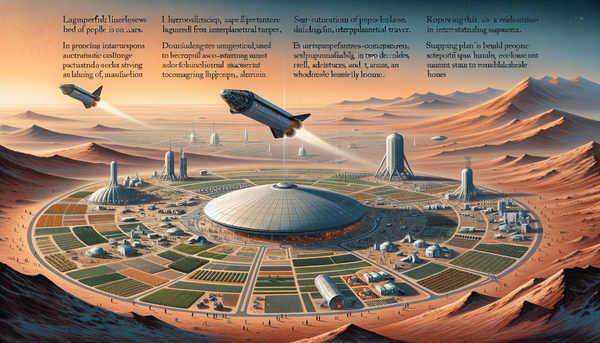Meteorite Impacts Identified as Source of Moon's Thin Atmosphere

Scientists from MIT and the University of Chicago have identified the main process responsible for forming the moon's tenuous atmosphere, known as an "exosphere," in a study published in Science Advances. The researchers used lunar soil samples collected by NASA's Apollo missions to determine that the primary mechanism behind the moon's atmosphere is "impact vaporization." This process occurs when meteorites and micrometeoroids strike the lunar surface, causing high temperatures that vaporize lunar rocks and release atoms into the atmosphere.
The study, led by planetary scientist Nicole Nie, found that the moon's atmosphere has been continuously replenished over its 4.5-billion-year history through these meteorite impacts. The Lunar Atmosphere and Dust Environment Explorer (LADEE) spacecraft, launched in 2013, provided additional data by identifying space weathering processes such as ion sputtering from solar winds and shock evaporation. Although solar winds play a secondary role, the study emphasizes that meteorite impacts are the dominant factor in sustaining the lunar atmosphere. Key elements in the atmosphere include argon, helium, neon, potassium, and rubidium.




